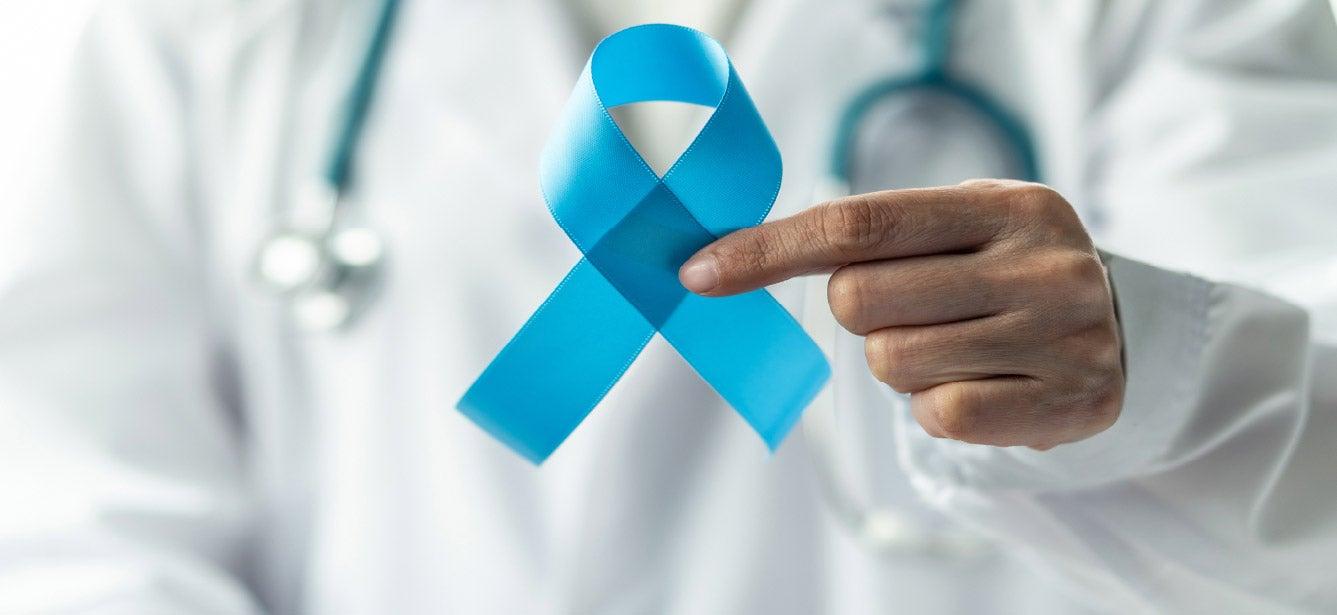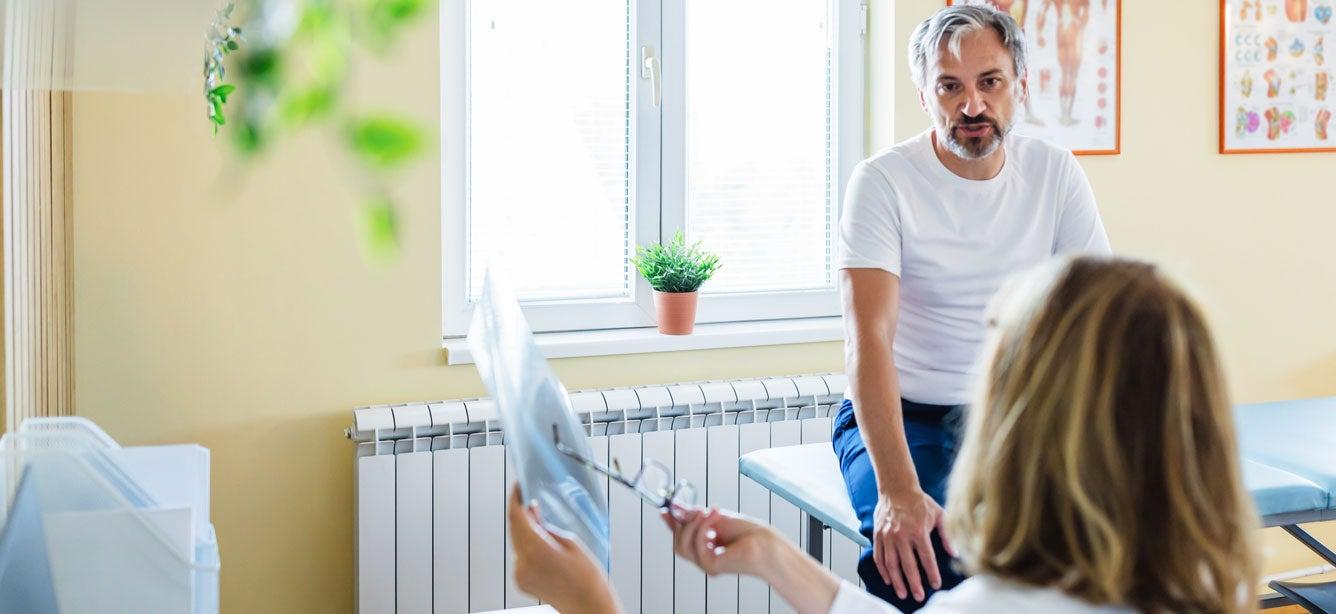Cervical Cancer: Causes, Symptoms, and Screening Recommendations
4 min read

Related Topics
Are you up to date on your servical cancer screening? A 2017 study found that the older women get, the more likely it is that they have never been screened or been screened in the last five years for cervical cancer. Though you might associate cervical cancer with younger women, women 65 and older account for more than 20% of cervical cancer cases in the United States. January is Cervical Cancer Awareness Month, so it's a great time to learn more about this disease and how you can prevent it.
What causes cervical cancer and how can it be prevented?
Cervical cancer is highly preventable. It is most often caused by human papillomavirus (HPV) infection. Though there is a vaccine to protect against HPV, it is not recommended for older adults (We do encourage you to share HPV vaccine recommendations with eligible loved ones). But screening with a Pap or HPV test--or both--can also prevent cervical cancer (or find it early) and should continue through much of adulthood. Screening can detect precancerous cells that can be removed before they become cancer. Anyone with a cervix, regardless of vaccination status, should be screened for cervical cancer as recommended. When cervical cancer is diagnosed at an early stage, the 5-year survival rate is 91%.
When and how should I get screened for cervical cancer?
If you are of average risk, follow these screening guidelines, which includes a pap smear for early detection:
- Ages 21-29: Have a Pap test every 3 years
- Ages 30-65: Have any of these options:
- A Pap test alone every 3 years
- A high-risk HPV test alone every 5 years
- A high-risk HPV test with a Pap test (co-testing) every 5 years
- After age 65, you should talk to your health care provider about whether to continue screening.
What are the different screening results and what do they mean?
A Pap test result can be normal, unsatisfactory, or abnormal. Normal means there were no cervical cell changes; screening should continue as recommended. With an unsatisfactory result, there might not be enough cells detected or they may be clumped together, so your provider may want you to come back for additional testing in a few months. An abnormal result means cell changes were found on your cervix and likely caused by HPV, but usually this doesn't mean you have cancer. Your health care provider will help you decide on follow-up care.
A positive HPV test means you do have a high-risk HPV type, but it doesn't mean you have cancer. Your health care provider will help you decide the next steps based on the type of HPV. A negative result means you don't have a high-risk HPV, and you should continue screening as recommended.
What increases my risk of cervical cancer?
Just who is at risk for cervical cancer? You may be at high risk and need to be screened more often if you have a weakened immune system (for example, from HIV infection, organ or stem-cell transplant, or long-term steroid use), were exposed to diethylstilbestrol (DES) before birth, or were previously diagnosed with cervical cancer or certain precancerous conditions. Talk to your health care provider about what is best for you.
In addition to the conditions above, other risk factors include:
- Being over 30 and having an HPV infection that hasn't cleared
- Having sex at an early age
- Having had multiple sexual partners
- Not having routine cervical cancer screenings
- Being a current or former smoker
- Using birth control pills for a long time
- Being overweight or obese
- Having a close relative, such as a sister ot mother, who has had cervical cancer
What are the symptoms of cervical cancer?
Early symptoms of cervical cancer are hard to detect as they generally don't show up until later stages. Pelvic exams and Pap or HPV tests are key to early detection.
If you experience any of the following symptoms, talk to your health care provider right away:
- Increased or unusual vaginal discharge
- Blood spots or light bleeding at times other than a normal period
- Bleeding or pain during or after sex
- Menstrual bleeding that lasts longer and is heavier than usual
- Bleeding after menopause
How can I reduce my risk of cervical cancer?
Along with keeping up with your routine cervical cancer screenings, you can reduce your risk by not smoking or using tobacco products and practicing safer sex by using condoms. If you do smoke, now is the time to quit.
With routine cervical cancer screening, you can find precancerous cells (which can later be removed) before they become cancer or detect cancer early, leading to Better Outcomes.
To learn more about cervical cancer prevention and early detection, visit PreventCancer.org/Cervical.




